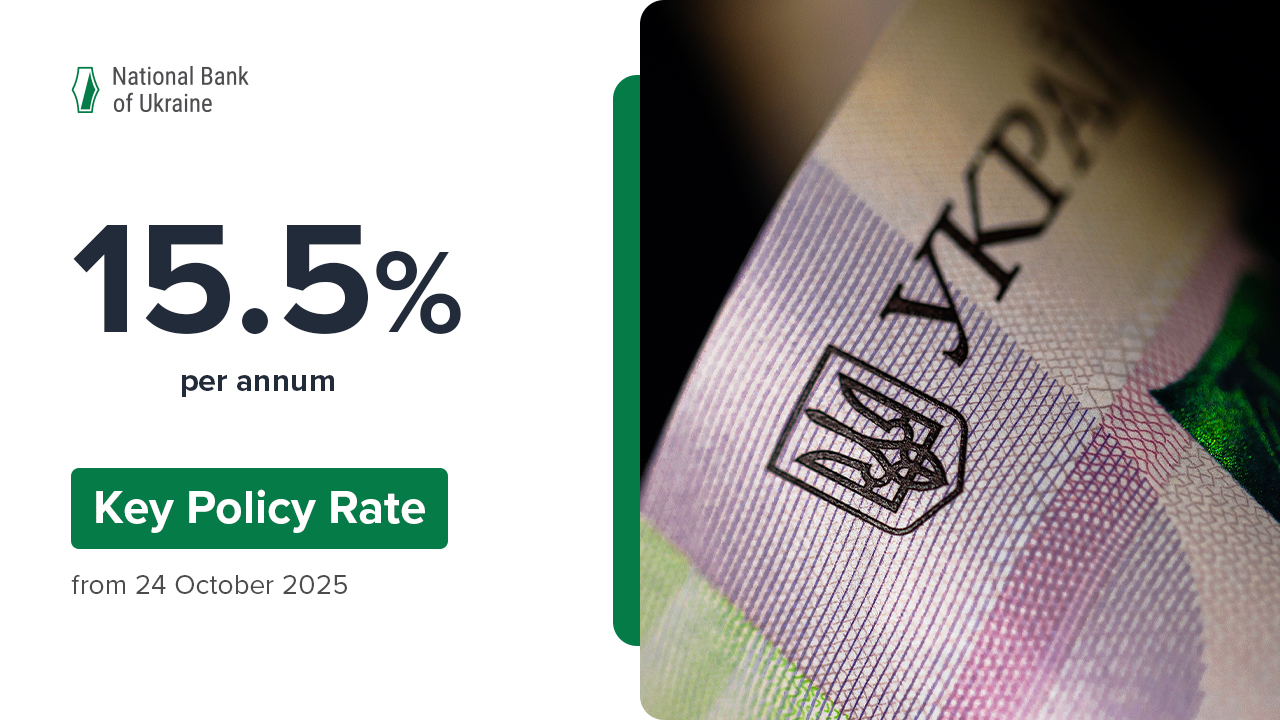The National Bank of Ukraine is expanding the list of benchmark domestic government debt securities (benchmark bonds) that the banks have been allowed to use to partially meet the reserve requirements. Specifically, starting 11 September 2023, the domestic government debt securities identified as (ISIN) UA4000228381, which were first placed by the Ministry of Finance on 29 August 2023, will be added to the benchmark bonds list.
By NBU estimates, this measure will help step up activity at Ministry of Finance’s auctions to place domestic government debt securities, which is essential for avoiding direct monetary financing of the budget deficit by the NBU going forward.
As previously reported, the banks have since 11 January 2023 been able to use the securities on the benchmark bonds list to meet up to 50% of the reserve requirements. The benchmark bonds list is made by the NBU based on the Ministry of Finance’s proposals. From 11 September 2023 forward, the list will include nine issues of securities, eight of which were added in January–August 2023 (UA4000227045, UA4000227094, UA4000227102, UA4000227185, UA4000227193, UA4000227201, UA4000227490, UA4000228043, and the new UA4000228381).
The expanded list of benchmark bonds the banks have been allowed to use to meet in part the reserve requirement was approved by NBU Board Decision No. 308 On Amendments to NBU Board Decision No. 752 dated 23 November 2017 dated 5 September 2023, to be enacted on 10 September 2023.
Reserve requirements are one of the instruments conventionally used by central banks. This is how reserve requirements operate: a bank sets aside in its correspondent account with the central bank an amount of funds identified as a percentage of the bank’s liabilities (also known as reserve ratio) and marks a share of this percentage as having been covered by benchmark bonds.
The amount is calculated as an average over the reserve period. This allows the bank to smooth out potential ad-hoc fluctuations in liquidity and ensure the effective use of reserve requirements for their primary purpose, which is to absorb some of the banking system’s free liquidity.
Full data on reserve requirements and how the banks have been fulfilling them is available here.







